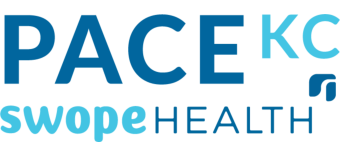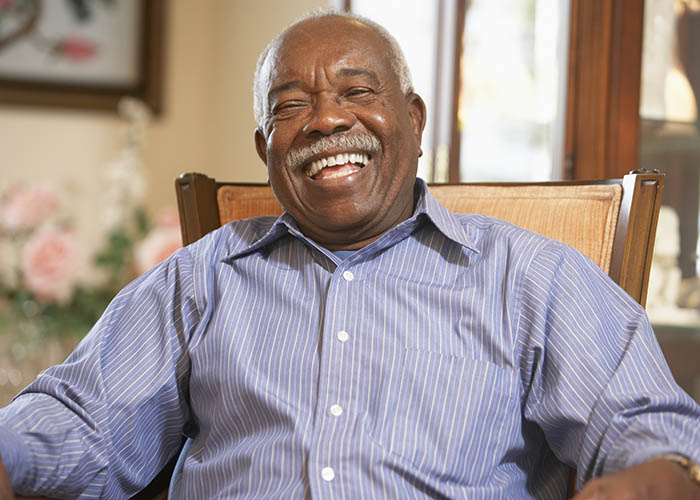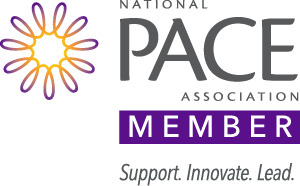Organizational History and Mission
PACE KC, a program of Swope Health, is the first and only provider of PACE services in Jackson County, Missouri. Our goal is the same as yours: empowering you or your loved one to live safely and happily at home as long as possible.
What is PACE?
PACE is an acronym for the Program of All-Inclusive Care for the Elderly. At its core, PACE is a managed care healthcare program that is centered on the belief that it is better for the well-being of older adults with chronic care needs and their families to be served in their homes and community whenever possible. It was designed to provide a multitude of services to frail older adults. By delivering all needed medical and supportive services, the program can provide the entire continuum of care and services to seniors with chronic care needs, while maintaining their independence in their homes for as long as possible.
PACE was created as a way to afford you, your caregivers, and your health care providers the flexibility needed to provide high quality healthcare in the community. PACE provides all the care and services covered by Medicare and Medicaid, as authorized by the interdisciplinary team, as well as additional medically-necessary care and services that are not covered by Medicare and Medicaid. These services include coverage for prescription drugs, primary care, transportation, home care, checkups, hospital visits, and even nursing home stays when necessary. PACE KC is different than most long-term care programs in that it utilizes a preventive philosophy that is designed to ensure that people are safe and supported in the home. PACE KC’s comprehensive approach focuses on the individual and fosters independence by encouraging participants to do as much for themselves as possible.
PACE KC provides a comprehensive set of preventive, primary, acute and long-term care services that are tailored specifically to the needs of each PACE KC participants in order to avoid hospital or nursing home placement to the greatest extent possible. The program is designed to closely monitor participants for even subtle changes in needs, which could lead to lengthy and costly acute care episodes if left unattended.
History of PACE
The PACE model of care has a rich history dating back to the early 1970s. It all began in San Francisco’s Chinatown-North Beach community when families of elders who had emigrated from Italy, China, and the Philippines saw a pressing need for long-term care services. However, the option of placing their elders in nursing homes was not a culturally acceptable solution for these families.
To address this need, Dr. William L. Gee, a public health dentist, led a committee that hired Marie-Louise Ansak in 1971 to investigate solutions. Together with other community leaders, they formed a nonprofit corporation called On Lok Senior Health Services, which means “peaceful, happy abode” in Cantonese.
In 1973, On Lok created a community-based system of care that offered a comprehensive array of medical supervision, physical and occupational therapies, nutrition, transportation, respite care, socialization, and other needed services using home care and an adult day setting. Over the next two decades, this unique community-based system of care evolved into what we now know as the PACE model of care.
Today, there are 140 PACE programs operating 263 Centers in 32 states, serving nearly 61,000 participants nationwide. The success and growth of the PACE model of care is a testament to the dedication and vision of those who pioneered it, and the continuing need for comprehensive, compassionate care for aging adults.
Mission
To provide a full range of person-centered health and wellness services that allow older adults to age gracefully in the communities they call home.



